Welcome to On Verticality. This blog explores the innate human need to escape the surface of the earth, and our struggles to do so throughout history. If you’re new here, a good place to start is the Theory of Verticality section or the Introduction to Verticality. If you want to receive updates on what’s new with the blog, you can use the Subscribe page to sign up. Thanks for visiting!
Click to filter posts by the three main subjects for the blog : Architecture, Flight and Mountains.
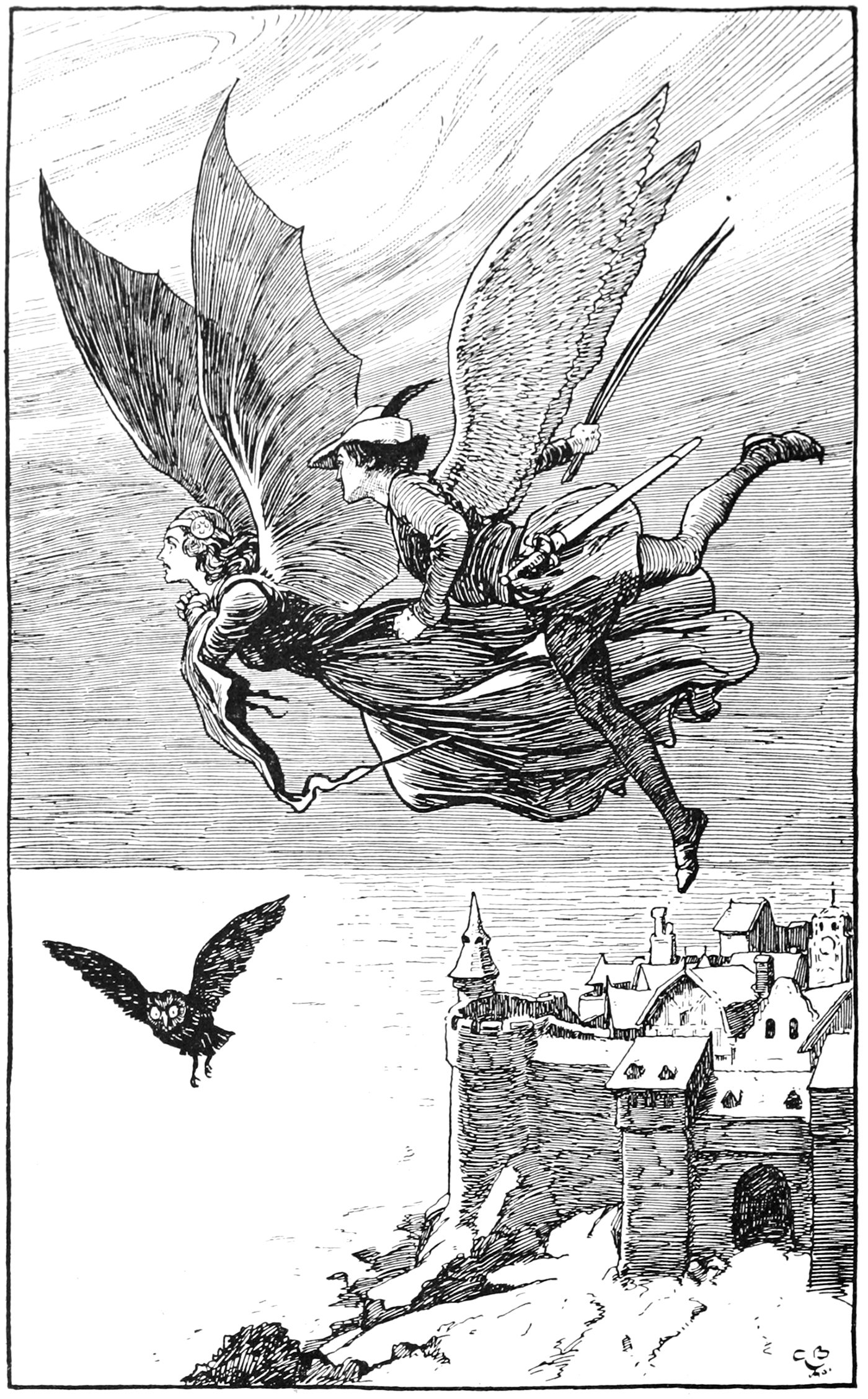
The Traveling Companion
The Traveling Companion is a fairy tale written by Hans Christian Andersen in 1835. It follows the travels of a man named John, and how he comes to marry a princess. Along the way, he meets a traveling companion who helps him in various situations, and one of his defining features is his ability to fly.
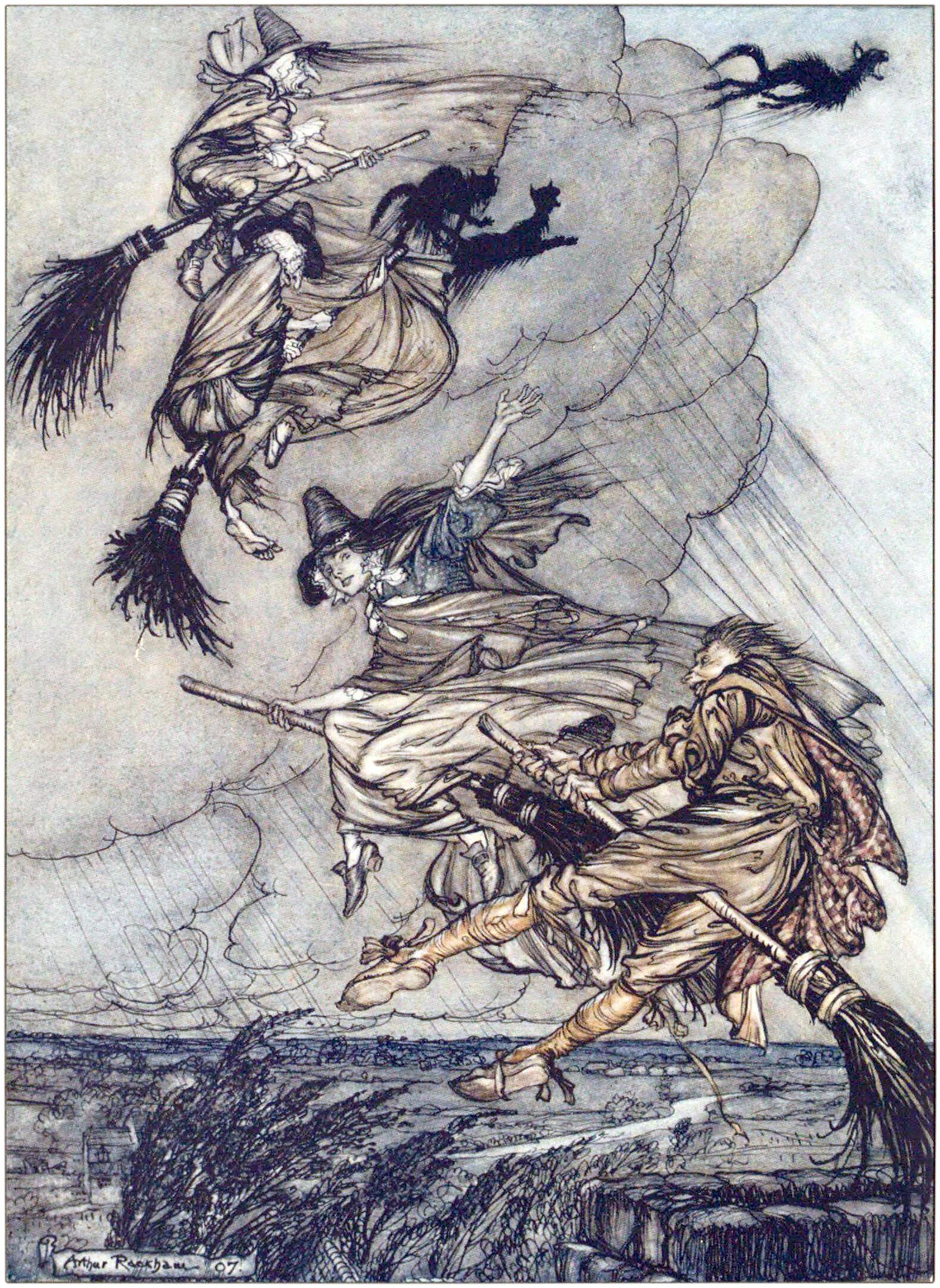
The Witches’ Frolic
Pictured above is an illustration by Arthur Rackham showing a scene from the Thomas Ingoldsby legend The Witches’ Frolic. The story follows a young man Robin as he interacts with a group of witches, and verticality is featured throughout the tale.

The Flying Trunk
It was no ordinary trunk. Press on the lock and it would fly. And that’s just what it did. Whisk! It flew up the chimney, and over the clouds, and away through the skies. The bottom of it was so creaky that he feared he would fall through it, and what a fine somersault he would have made then!

The Fool of the World and the Flying Ship
Flight is used in myriad folk tales to symbolize power. This is typically done to aid a character who is either downtrodden or has done a good deed without a promise of reward. The Russian folk tale The Fool of the World and the Flying Ship follows this pattern. It’s the story of a young fool who ends up marrying a princess because of a series of fortunate events, combined with his good-natured approach to others.
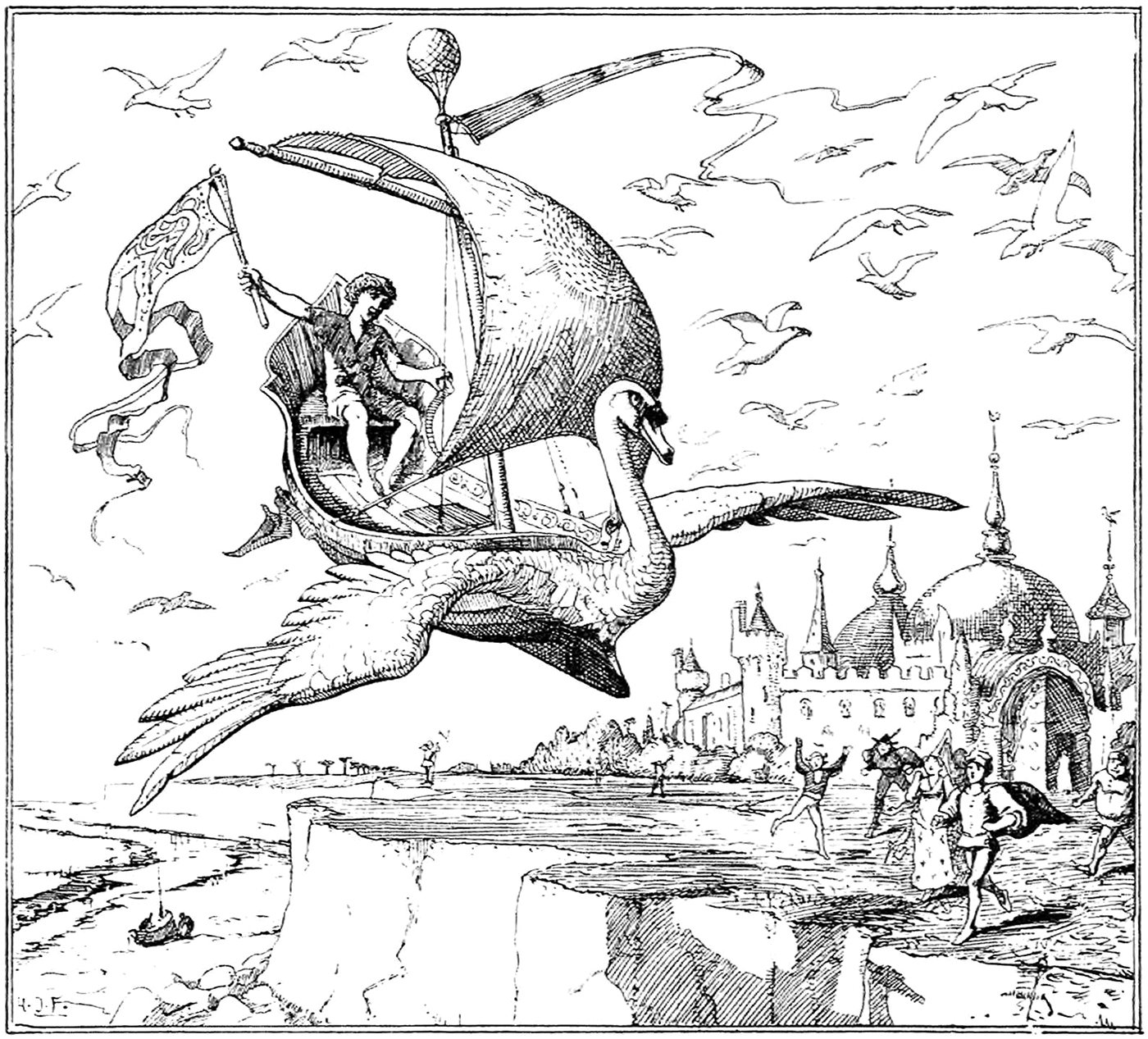
Minnikin’s Flying Ship
‘Now go over fresh water and salt water, over hill and dale, and do not stop until thou comest to where the King’s daughter is,’ said Minnikin to the ship, and off it went in a moment over land and water till the wind whistled and moaned all round about it.
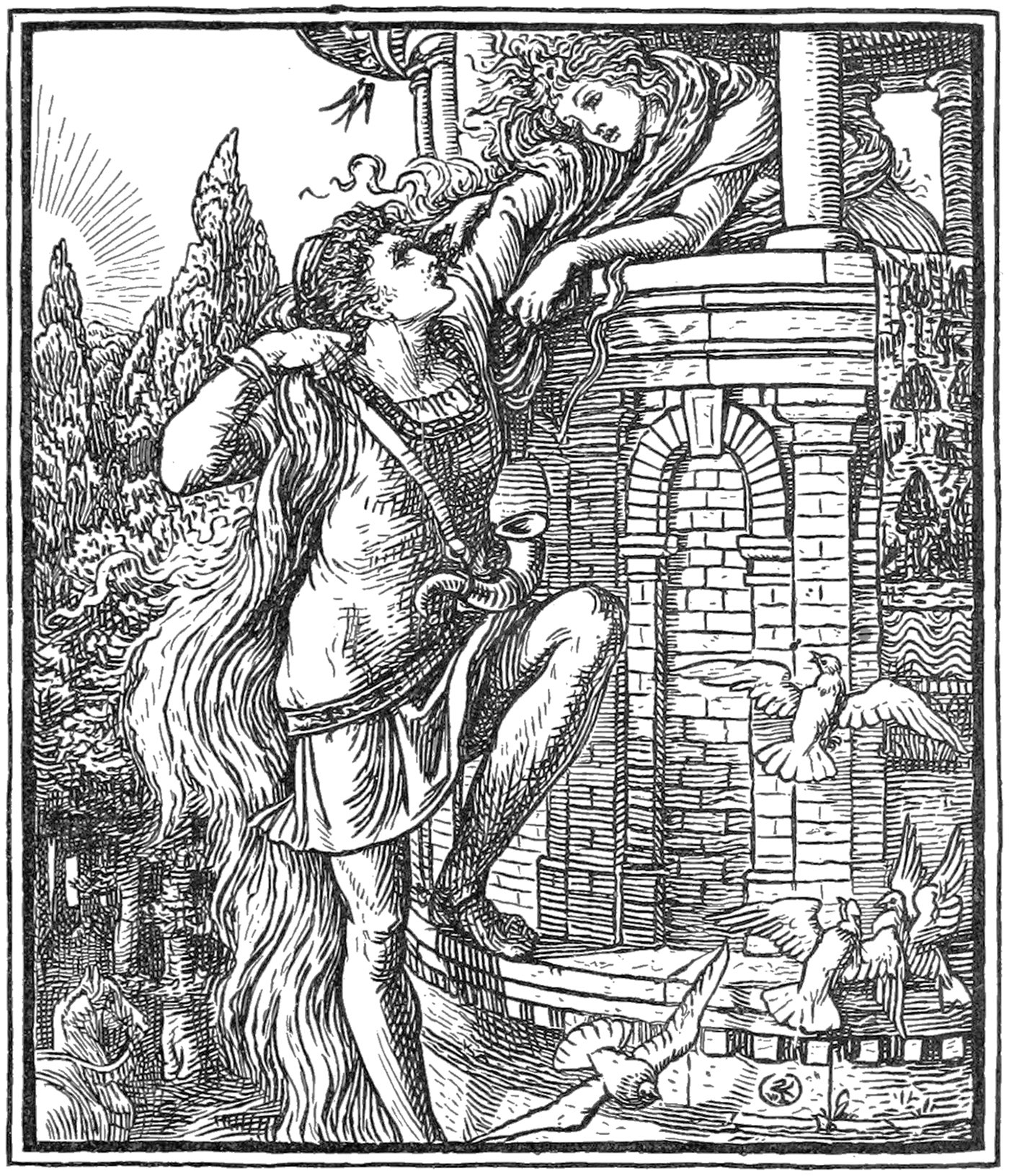
Rapunzel and the Isolation of Height
The story of Rapunzel and her long hair is a well-known folk tale with ancient origins. It’s the story of a damsel-in-distress and a prince who comes to rescue her. It’s well-worn territory in the world of folk tales, but the specifics of the story reveal a subtext that’s based on verticality.
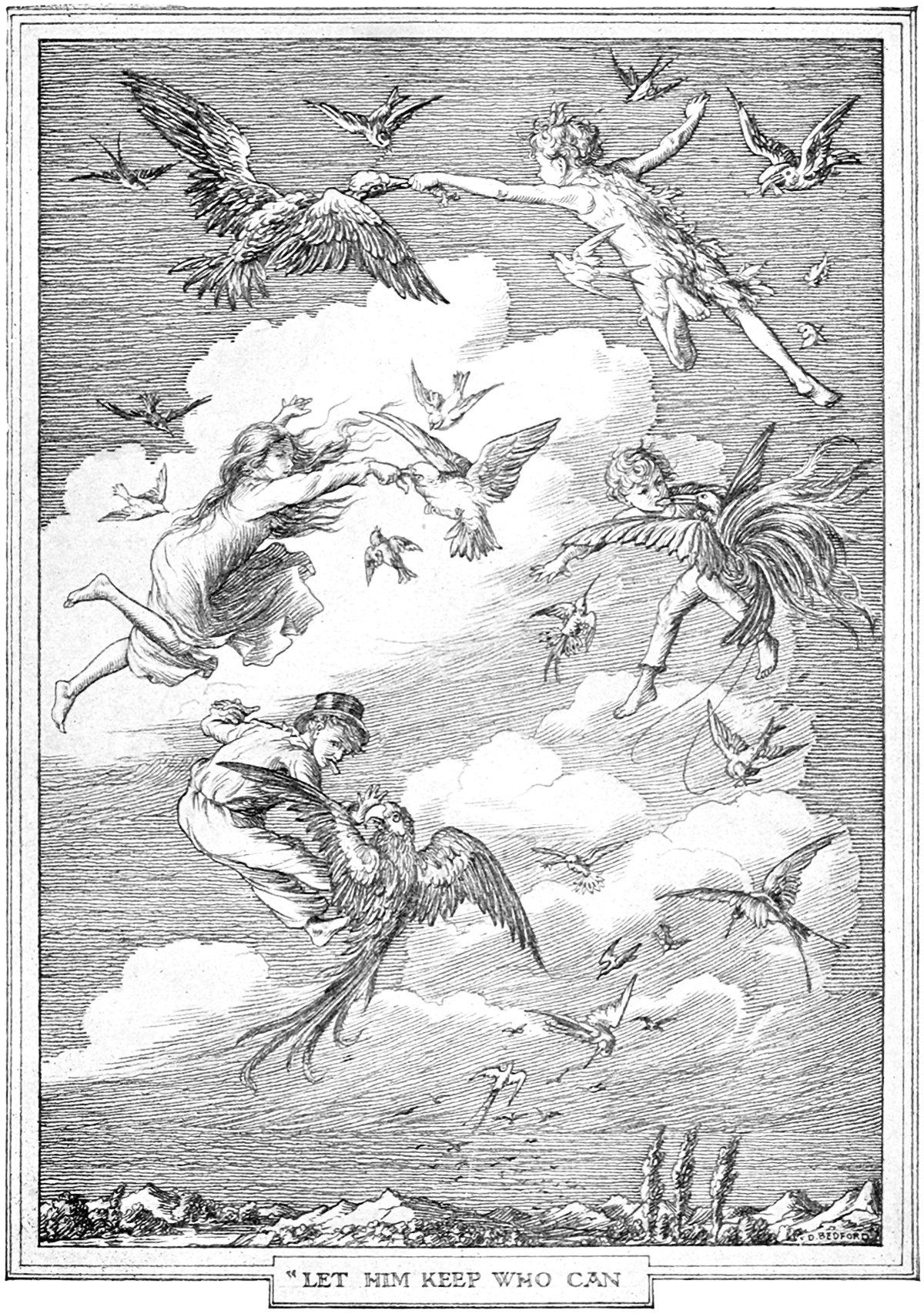
Peter Pan and the Delights of Flying
Peter Pan is perhaps best known from the animated 1953 film Peter Pan, but his story originated in the book Peter and Wendy, written in 1911 by J. M. Barrie. It’s a story of fairies, mermaids, pirates, and a mischievous boy with the power of flight. This boy, named Peter Pan, has adventures in Neverland with a group of British children that he teaches to fly. Flight is central to the narrative of the story, and Barrie does a good job of describing the children’s joy as they learn to fly.
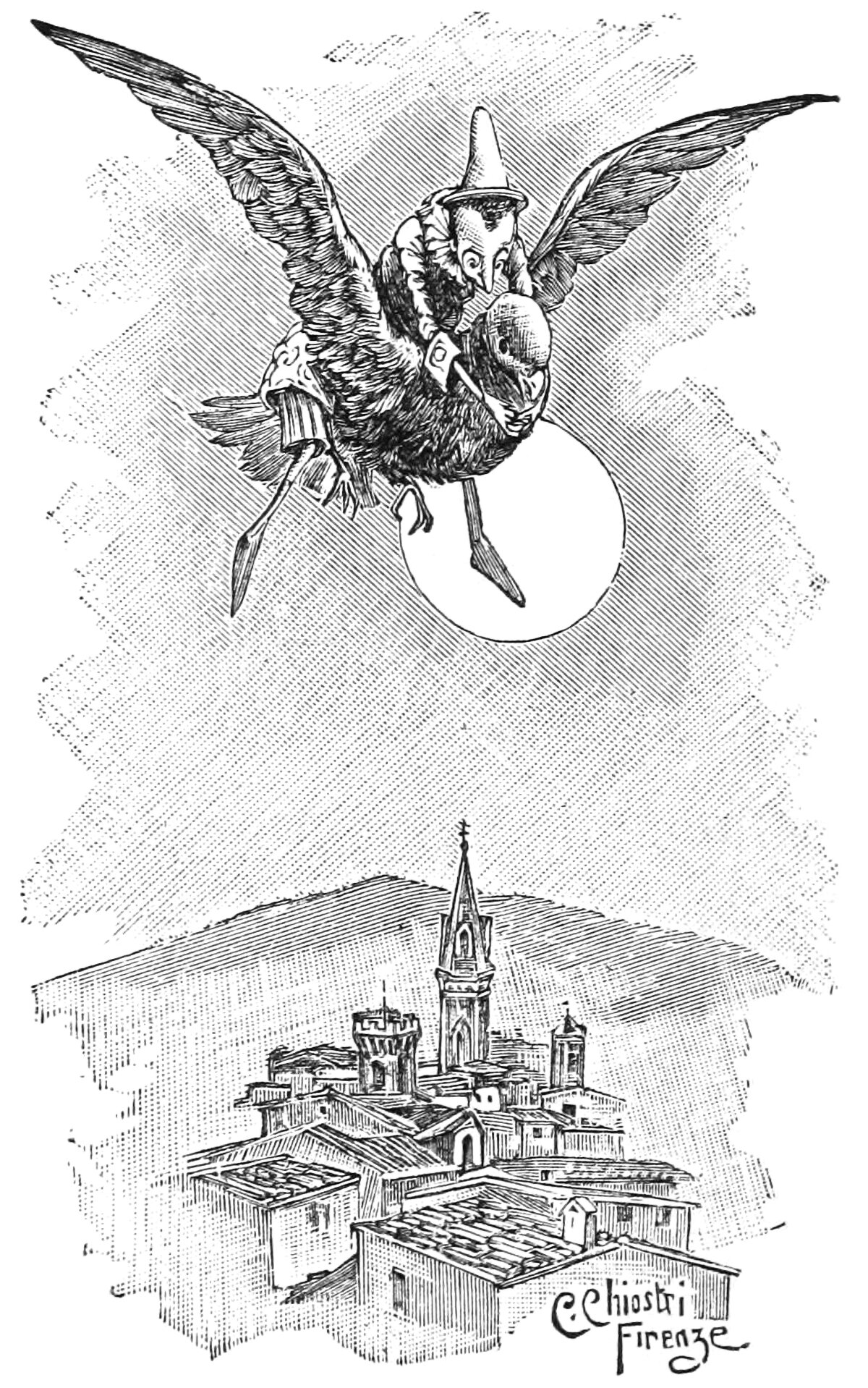
Pinocchio’s Feathered Steed
Folklore and fantasy are full of references to the power of flight. These references usually take one of two different forms. The first are characters who can actually fly, and the second are characters who fly by means of another creature. Examples of the first are fairies, angels, cherubs, and seraphs, among many others. The illustration above shows an example of the second. It’s from Carlo Collodi’s 1883 children’s book The Adventures of Pinocchio, when the titular character hitches a ride on the back of a giant pigeon.

Flying Carpets and the Power of Flight
Flying carpets are the things of folk tales and fantasy. They are magical objects with the power of flight, and anyone who owns one has considerable power over those who don’t. They can quickly transport their owners across the land at great speeds, and they allow their owners to achieve verticality. Here’s a look at the folk tales that established the myth of the flying carpet.
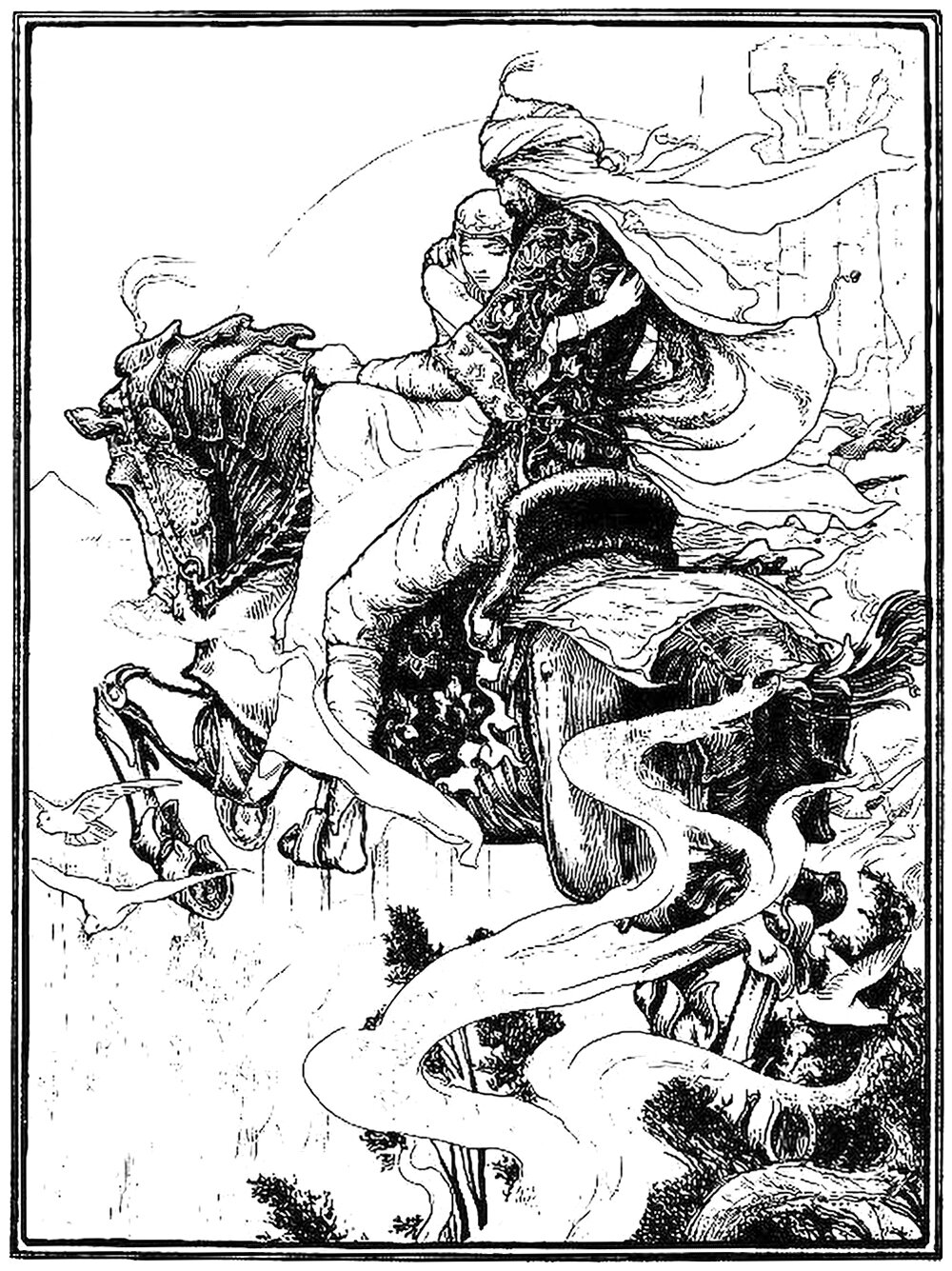
The Tale of the Ebony Horse
Pictured above is an illustration from The Tale of the Ebony Horse, which is a folk tale featured in the Arabian Nights. It tells the story of a mechanical horse that has the ability to fly. Throughout the tale, the horse bestows great power on those who know how to operate it, and it illustrates the power of verticality for the rest of us who cannot fly.

The Myth of Wayland the Smith
Throughout the history of myths and legends, there are myriad stories that are shared or borrowed from earlier sources, then re-named and adjusted for a different culture. Certain themes repeat themselves throughout the ancient world, and those that resonate most effectively will endure over time and evolve alongside the cultures they exist in. The myth of Wayland the Smith is one of these.
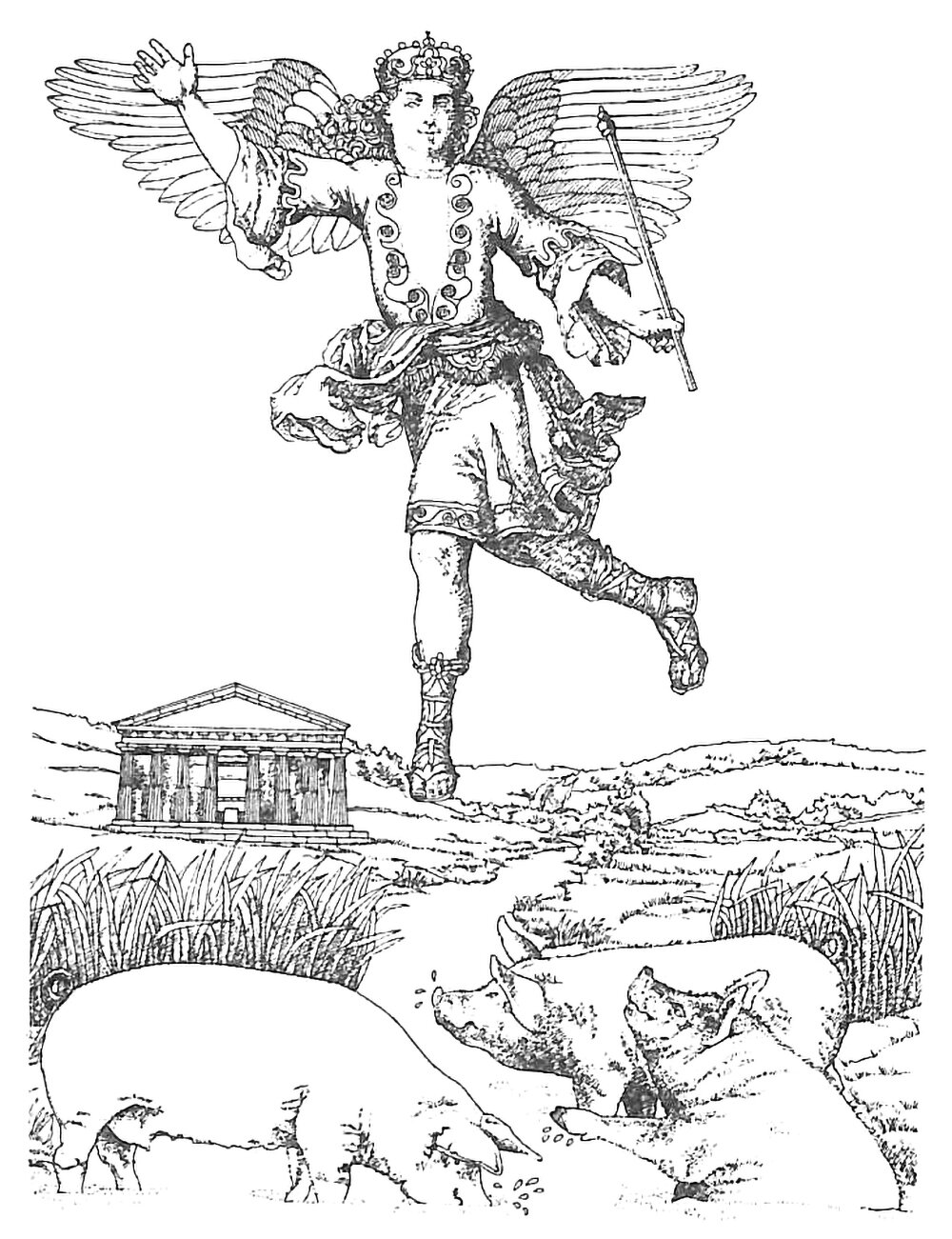
King Bladud and the Myth of the Flying Man
Legends have a way of expanding through time. They exist in the collective consciousness of the people who believe them, and the ones that endure usually grow and evolve alongside the cultures and civilizations they exist in. Take the myth of King Bladud, for example. Over time his story has expanded and endured. This is because he made an attempt to fly.
